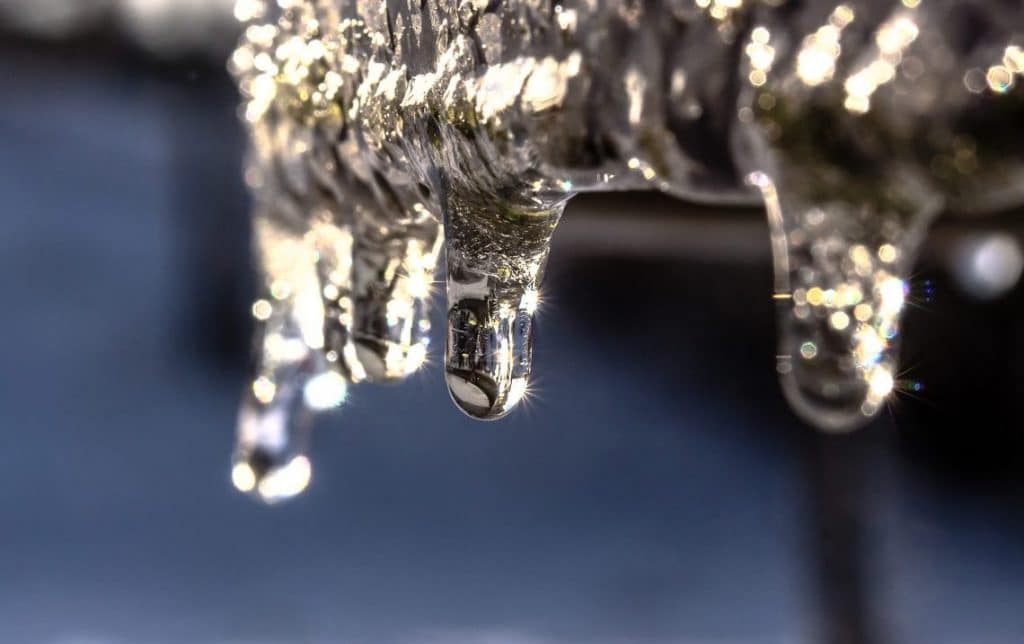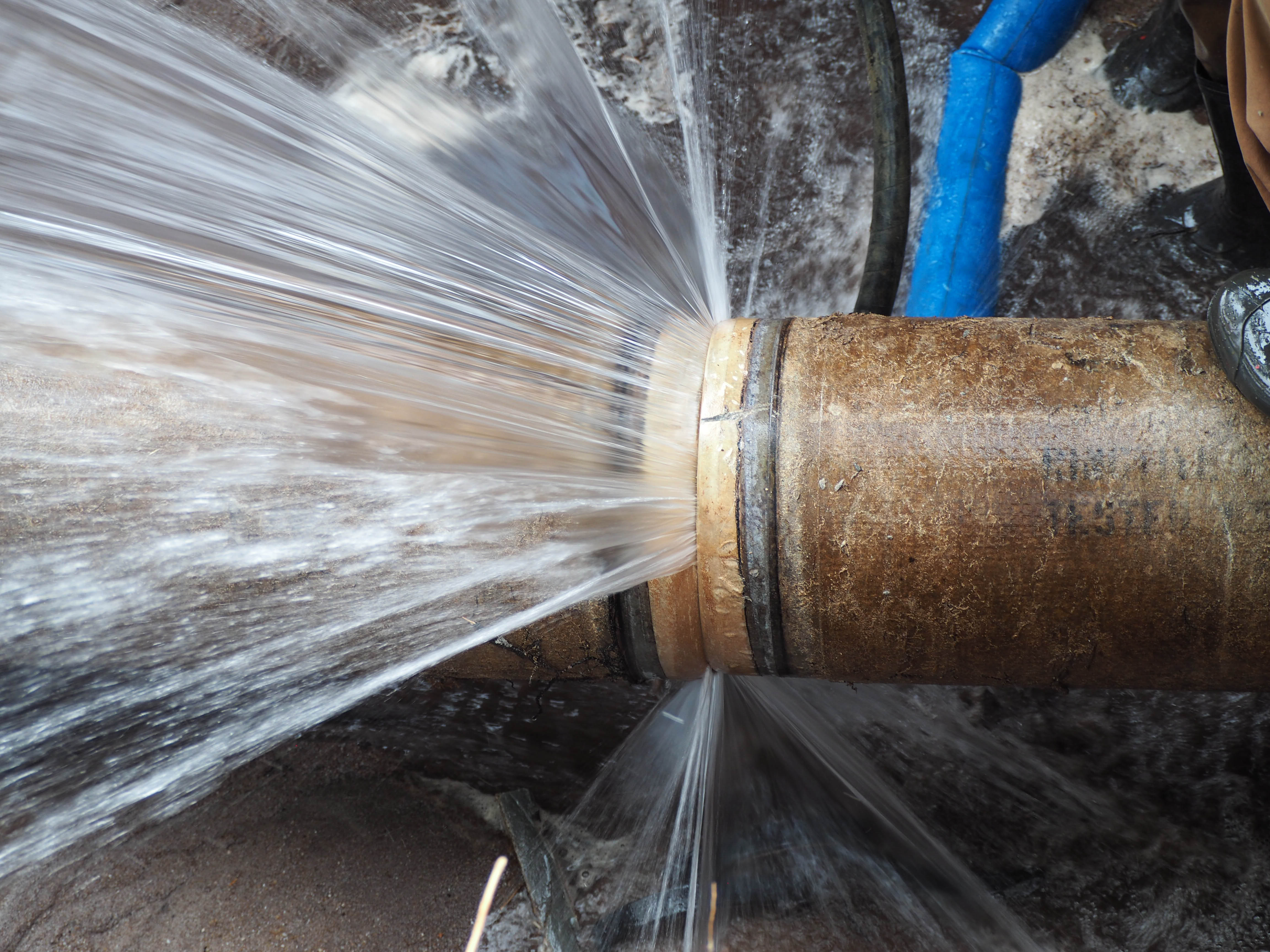Tips to Keep Your Pipes from Freezing Damage: Essential Tips
Tips to Keep Your Pipes from Freezing Damage: Essential Tips
Blog Article
This article down the page in relation to 6 Ways to Prevent Frozen Pipes is relatively motivating. You should take a peek.

Cold weather can wreak havoc on your pipes, especially by freezing pipes. Here's just how to avoid it from happening and what to do if it does.
Intro
As temperatures decrease, the risk of frozen pipelines increases, possibly bring about costly repair services and water damage. Comprehending just how to prevent frozen pipelines is crucial for house owners in cool environments.
Recognizing Icy Pipelines
What causes pipelines to freeze?
Pipes ice up when subjected to temperature levels below 32 ° F (0 ° C) for expanded periods. As water inside the pipelines freezes, it broadens, taxing the pipe wall surfaces and possibly creating them to burst.
Dangers and problems
Frozen pipes can bring about water system disturbances, property damages, and expensive repair services. Burst pipes can flood homes and create extensive structural damage.
Indicators of Frozen Pipes
Determining icy pipes early can prevent them from rupturing.
Exactly how to recognize frozen pipes
Seek reduced water flow from taps, uncommon smells or sounds from pipelines, and noticeable frost on subjected pipelines.
Avoidance Tips
Insulating vulnerable pipelines
Wrap pipelines in insulation sleeves or make use of warmth tape to shield them from freezing temperature levels. Focus on pipelines in unheated or outside locations of the home.
Heating techniques
Keep indoor areas appropriately warmed, especially locations with plumbing. Open closet doors to allow warm air to circulate around pipelines under sinks.
Shielding Outside Plumbing
Yard hose pipes and outdoor faucets
Disconnect and drain pipes yard hoses prior to winter season. Mount frost-proof spigots or cover outside taps with shielded caps.
What to Do If Your Pipes Freeze
Immediate activities to take
If you presume frozen pipelines, keep faucets open up to alleviate stress as the ice thaws. Utilize a hairdryer or towels soaked in warm water to thaw pipes slowly.
Long-Term Solutions
Architectural changes
Take into consideration rerouting pipes far from exterior wall surfaces or unheated areas. Include additional insulation to attic rooms, basements, and crawl spaces.
Updating insulation
Invest in premium insulation for pipes, attic rooms, and walls. Appropriate insulation aids maintain constant temperature levels and minimizes the threat of icy pipes.
Conclusion
Preventing icy pipelines requires proactive steps and quick reactions. By comprehending the reasons, indications, and preventive measures, property owners can protect their pipes during winter.
5 Ways to Prevent Frozen Pipes
Drain Outdoor Faucets and Disconnect Hoses
First, close the shut-off valve that controls the flow of water in the pipe to your outdoor faucet. Then, head outside to disconnect and drain your hose and open the outdoor faucet to allow the water to completely drain out of the line. Turn off the faucet when done. Finally, head back to the shut-off valve and drain the remaining water inside the pipe into a bucket or container. Additionally, if you have a home irrigation system, you should consider hiring an expert to clear the system of water each year.
Insulate Pipes
One of the best and most cost-effective methods for preventing frozen water pipes is to wrap your pipes with insulation. This is especially important for areas in your home that aren’t exposed to heat, such as an attic. We suggest using foam sleeves, which can typically be found at your local hardware store.
Keep Heat Running at 65
Your pipes are located inside your walls, and the temperature there is much colder than the rest of the house. To prevent your pipes from freezing, The Insurance Information Institute suggests that you keep your home heated to at least 65 degrees, even when traveling. You may want to invest in smart devices that can keep an eye on the temperature in your home while you’re away.
Leave Water Dripping
Moving water — even a small trickle — can prevent ice from forming inside your pipes. When freezing temps are imminent, start a drip of water from all faucets that serve exposed pipes. Leaving a few faucets running will also help relieve pressure inside the pipes and help prevent a rupture if the water inside freezes.
Open Cupboard Doors
Warm your kitchen and bathroom pipes by opening cupboards and vanities. You should also leave your interior doors ajar to help warm air circulate evenly throughout your home.

Do you really like reading about Winter Plumbing Precautions: Preventing Frozen Pipes? Try leaving a comment directly below. We'd be glad to listen to your ideas about this write-up. We are looking forward that you come back again in the near future. Sharing is caring. Who knows, you may be doing someone a favor. I thank you for your readership.
Click Here Report this page